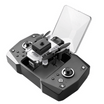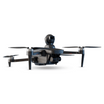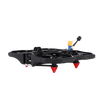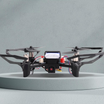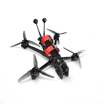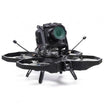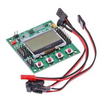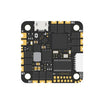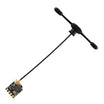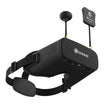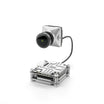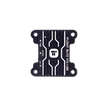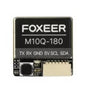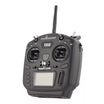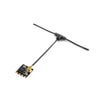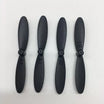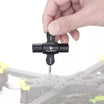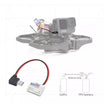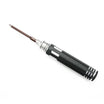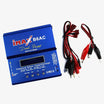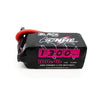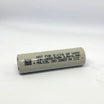If you've recently found yourself captivated by a sleek electronic dragonfly whizzing across your screen, you're probably tempted to own a drone yourself. But should you buy a ready-made model or build one from scratch?
Let’s weigh the options.
Key Considerations Before Deciding
How Soon Do You Need It?
If you're eager to start flying right away, buying a pre-built drone is your best bet. Building one takes time, patience, and a fair amount of troubleshooting.
Do You Have the Technical Skills?
Building a drone requires basic technical knowledge. You’ll need to understand components like motors, propellers, frames, and electronic speed controllers (ESC). If this feels overwhelming, buying may be a safer option.
What’s the Purpose?
- Photography/Videography: Pre-built camera drones like DJI models are your go-to since DIY camera drones are complex.
- Recreational Flying: For casual use, a ready-made drone might be sufficient.
- Racing or Experimentation: If you're into racing or exploring new tech, building your own allows for greater customization.
Building Your Own Drone
Creating your drone is a rewarding experience, but it involves detailed planning:
- Components You’ll Need:
- Motors: Choose high-quality motors for smooth operation.
- Frame: Decide between quadcopters, hexacopters, or octocopters depending on stability and purpose.
- Propellers: Select for weight and speed compatibility.
- Battery & Power Supply: Ensure it matches your frame and motors.
- Gimbals & Bearings: Critical for vibration-free operation.
- Challenges in DIY Drone Building:
- Compatibility Issues: Matching parts is complex.
- Assembly Skills: Includes soldering, wiring, and testing.
- Time & Effort: Building takes days, if not weeks, to perfect.
- Benefits of Building Your Drone:
- Customization: Tailor every feature—speed, communication, frame size, and weight—to your needs.
- Ease of Repairs: DIY drones are easier to refurbish since you know them inside out.
- Learning Opportunity: Gain hands-on knowledge of drone technology.
- Drawbacks of DIY Drones:
- High Costs: Individual parts can be expensive.
- Time-Consuming: Patience is key; setbacks are common.
- No Customer Support: Repairs are entirely your responsibility.
- Technical Expertise Required: A solid foundation in tech is essential.
Buying a Ready-Made Drone
Pre-assembled drones offer convenience and reliability. Here's what you should know:
- Types of Ready-Made Drones:
- RTF (Ready-to-Fly): Fully assembled and ready to use out of the box.
- BNF (Bind-and-Fly): Comes without a controller; you’ll need one.
- ARF (Almost Ready-to-Fly): Requires some assembly and may lack a transmitter/receiver.
- Advantages of Buying a Drone:
- Affordability: Mass-produced drones are generally cheaper.
- Immediate Use: No setup delays—just unpack and fly.
- Customer Support: Warranty covers defects and some repairs.
- Beginner-Friendly: No technical expertise is required to operate them.
- Drawbacks of Buying a Drone:
- Limited Customization: You're confined to the features and design of the purchased model.
- Difficult Repairs: Malfunctions often require replacing entire modules.
The Final Decision: Build or Buy?
- Build if you’re technically inclined, enjoy tinkering, and want a unique, customizable drone.
- Buy if you want a hassle-free experience, need a drone quickly, or lack the technical skills to build one.
Pro Tip:
If you're unsure, consider buying a beginner drone first. This helps you learn the basics of flying and understand your preferences. Once confident, you can dive into the world of DIY drones and explore their full potential.
Whichever route you choose, flying a drone is an exhilarating experience that opens up a world of possibilities. Are you ready?

